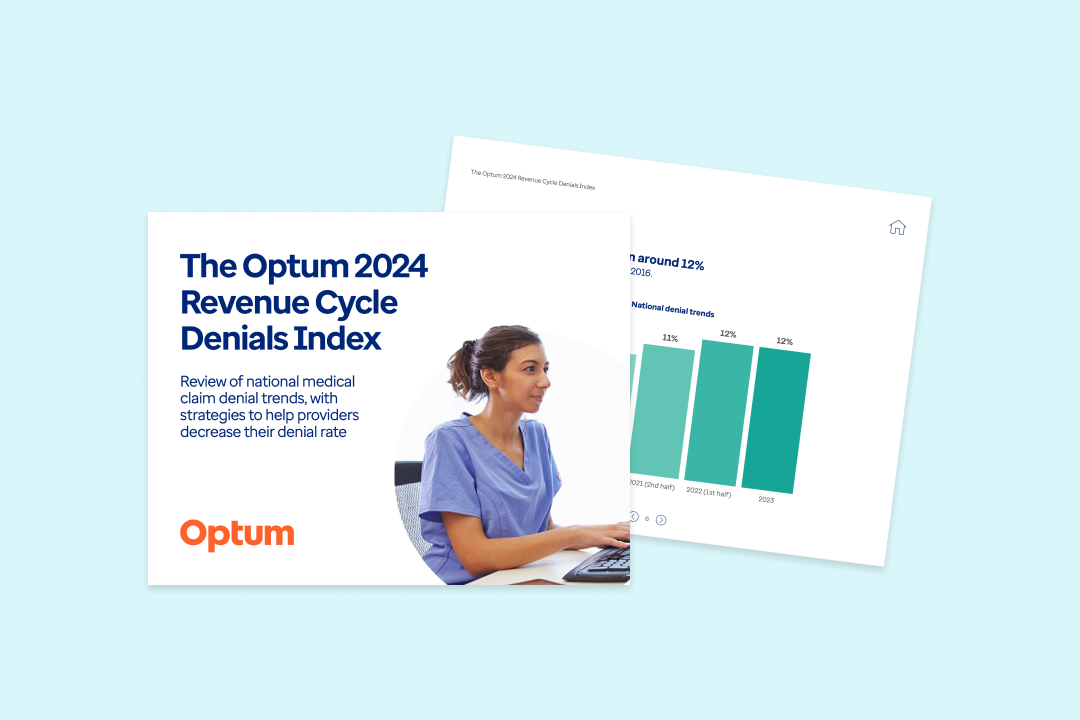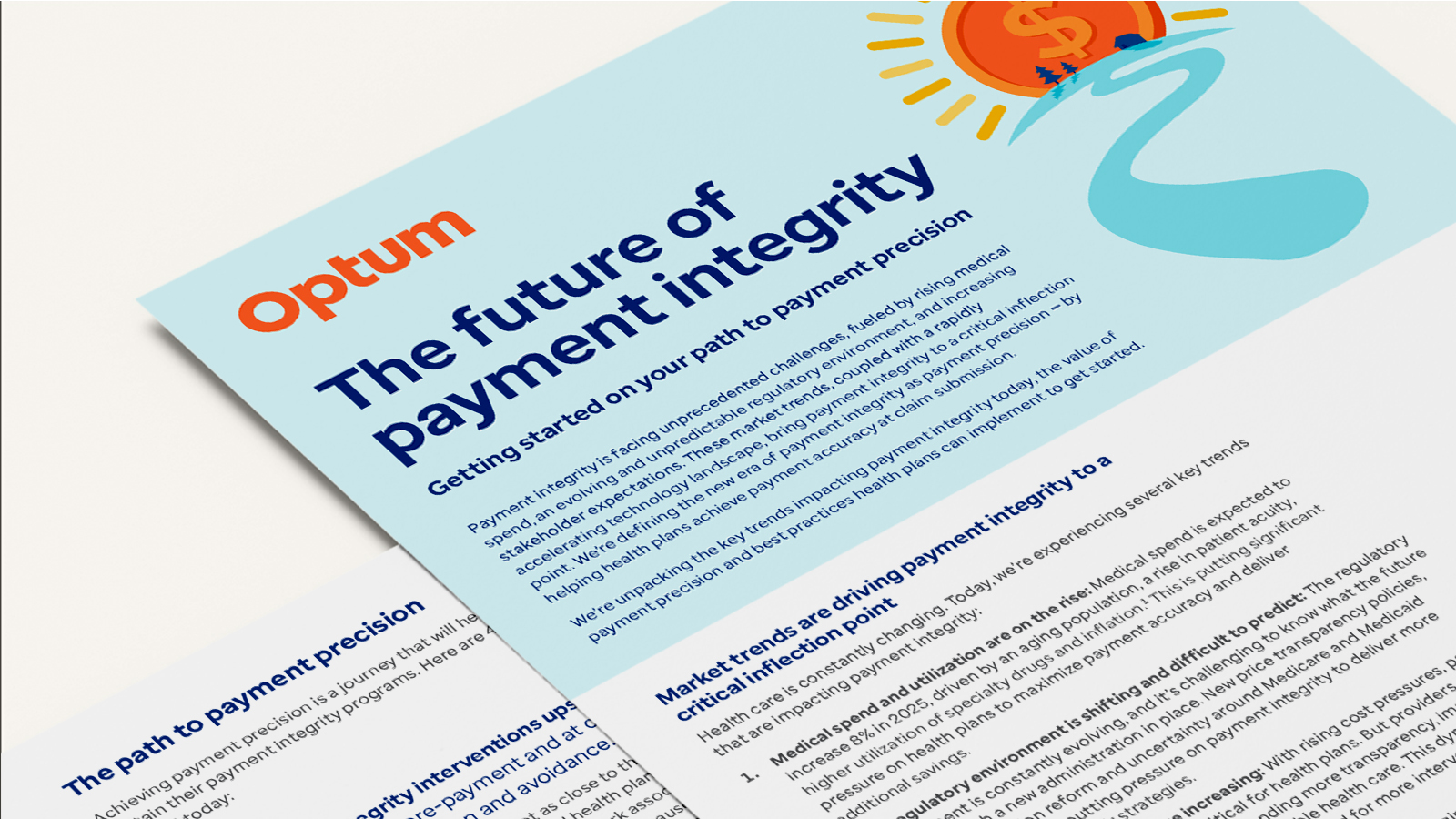Medical spend and utilization are on the rise
Increasing medical spend and care utilization are putting significant pressure on health plans to drive ongoing payment accuracy and policy management. This is due to several factors:
- An aging population — From 2025 to 2030, the number of people 65 years or older is projected to grow by 12.41%.1 With a larger population of older adults than ever before, the demand for and utilization of healthcare services is expected to increase.
- Higher acuity patients — The prevalence of chronic conditions is rising, with the percentage of 20–44-year-olds with obesity increasing from 32.7% to 40.9% from 2009 to 2020.2 A less healthy population means higher medical spend.
- High-cost drugs — More patients are using specialty drugs and therapies, such as GLP-1s, which are often more expensive. From 2021 to 2023, employer healthcare dollars spent on pharmacy increased from 21% to 27%.3
- Inflation — Healthcare is growing as a share of gross domestic product, with medical inflation higher than the overall inflation rate in June 2024.4 This, coupled with a shortage of healthcare workers, puts additional strain on health plans to find alternative ways to manage spend.





